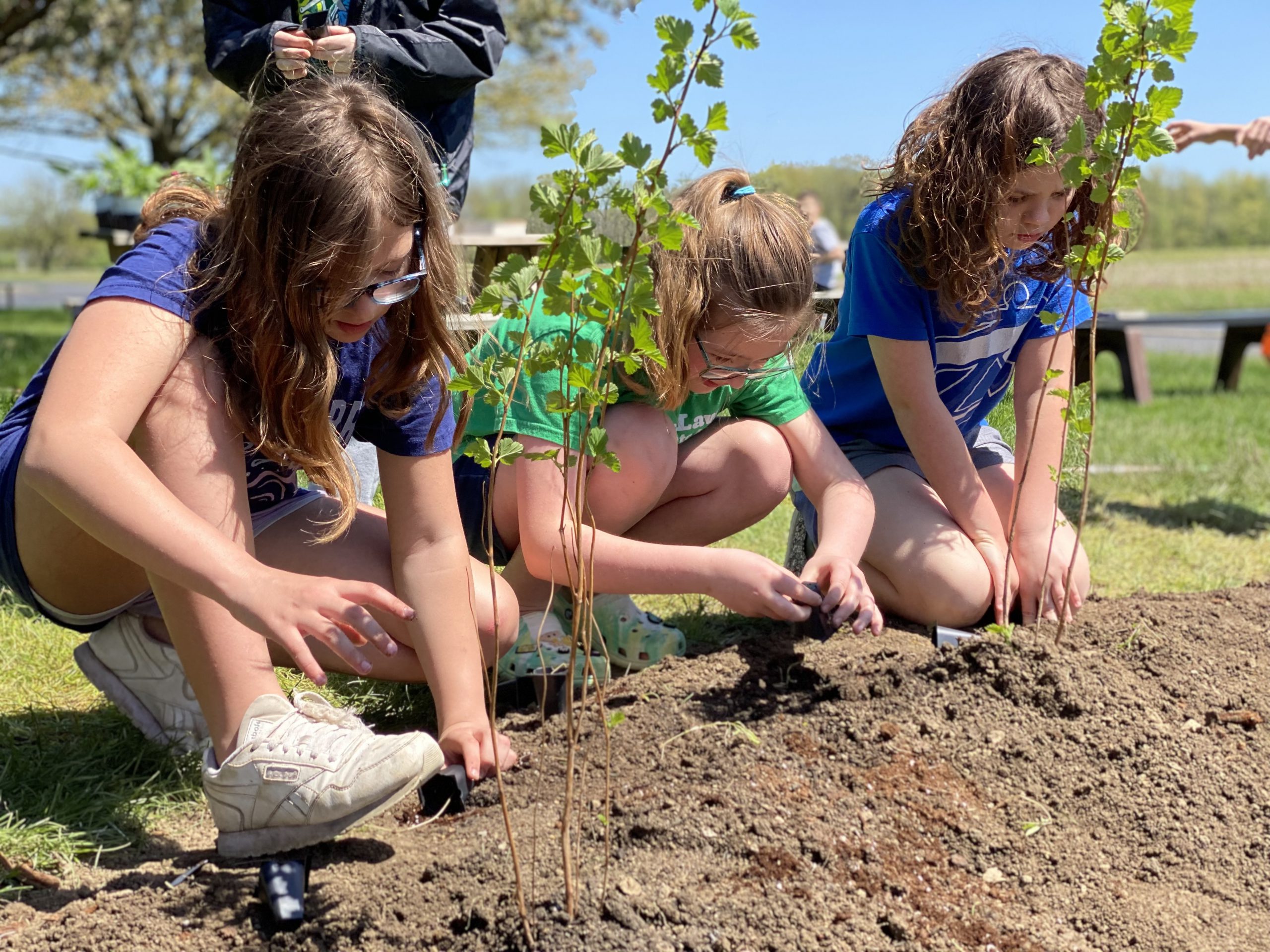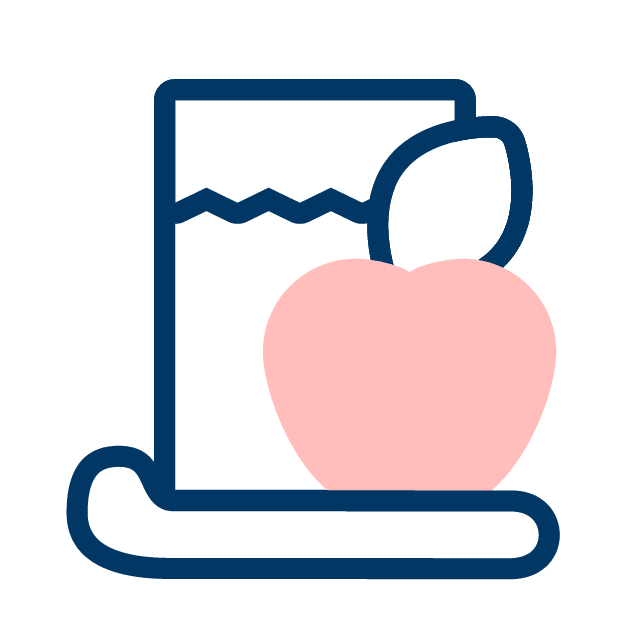Brown Elementary stumbled upon an opportunity to offer vertical alignment of curricular content to fix a problem. In September, the sidewalk for the bus riders’ entrance cracked and needed to be fixed. Two Brown teachers discussed how this would be a great example for the fourth-grade to learn about weathering and erosion in real life. The project grew to include and offer grades 2 – 5 as a living example of the science and social studies curriculums.
The Rain Garden Project serves to educate elementary students in responsible citizenship and scientific evidence of correcting issues surrounding their outside environments. This hands-on experience teaches students how natural elements can provide solutions to problems and esthetic value to landscape by improving the erosion of soil caused by our buildings’ roof drainage. Sharing with students the natural, effective use of plants not only corrects an issue caused by architectural design but also provides a habitat for pollinators and butterflies while beautifying their surroundings were the goals.
Vertically aligned grade levels in this project bring to life the standards and concepts taught in students’ grade levels and give practical meaning to all levels of learning they will receive in elementary school. Second grade will learn and provide soil information, third grade will provide life cycle/butterfly information, fourth grade will provide erosion and weathering information, and fifth-grade studies ecosystem learning and information.
We brought our school educational programs taught by staff at Franklin Soil and Water Conservation District (FSWCD) to extend and enhance the curriculum students are responsible for. These programs will expose services that are available to residents to improve their community. This is a life lesson that will carry through to their adulthood.
To maintain a mindful budget, second and third graders will embark upon a grow lab in our Innovative Discovery Center (IDC) with our IDC Specialist to plant seedlings and support their growth through spring. They were planted in the rain garden recently, which promotes resourcefulness in students’ ability to make a difference in their community and environments.
This project serves as real-life work that positively affects an environment and its community. This learning will offer all levels from the model, Bloom’s Taxonomy: Remember, Understand, Apply, Analyze, Evaluate, and Create. Students will be able to revisit and review the knowledge each time they pass by their rain garden creation. Finally, Hilliard City School District and Brown Township will benefit from the habitat garden and beautification of their school premises.












